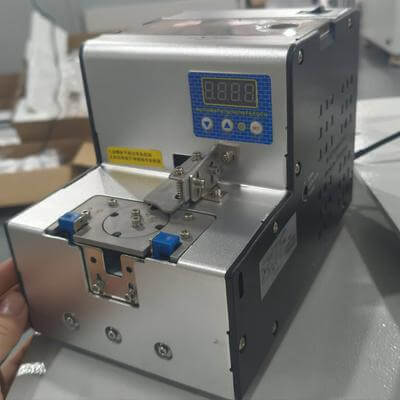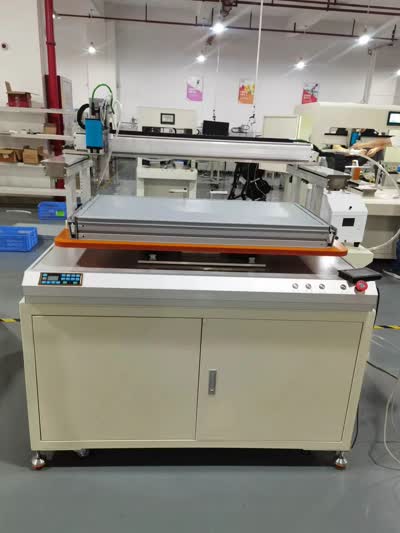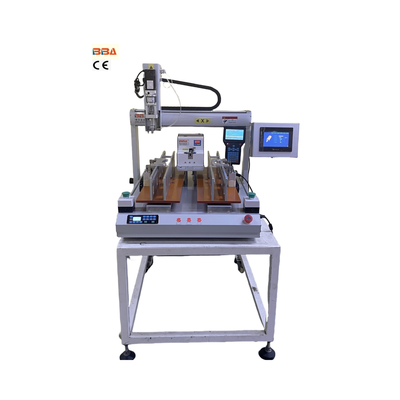Automatic Screw Feeding & Driving Unit Components | Industrial Automation
| Product Name | Applicable industries |
| Auto Screwdriver Machine | LED Lighting Industry |
In the world of industrial automation, efficiency and precision are paramount. One of the key systems that embody these principles is the automatic screw feeding and driving unit. This technology has revolutionized assembly lines by streamlining the process of picking, feeding, and driving screws with remarkable speed and accuracy. Understanding the components of such a unit can provide valuable insight into how modern manufacturing achieves high productivity and consistency.
At the heart of the system is the screw feeder, which is responsible for storing and organizing screws. Typically, screws are loaded into a vibratory bowl or a tape-based feeder. The vibratory bowl uses controlled vibrations to align screws and orient them correctly for pickup. Alternatively, tape feeders supply screws embedded in a carrier tape, which is advanced incrementally to present each screw at a designated point. Both methods ensure a continuous and reliable supply of screws to the driving mechanism.
The driving mechanism, often an electric or pneumatic screwdriver, is another critical component. It is mounted on a movable arm or a fixed station, depending on the application. This tool is designed to apply precise torque and rotation to fasten screws consistently. Advanced units may include sensors to monitor torque and depth, ensuring each screw is driven to specification and reducing the risk of errors or product defects.
A pickup and placement system, such as a robotic arm or a pneumatic actuator, works in tandem with the feeder and driver. This component retrieves oriented screws from the feeder and positions them accurately onto the target workpiece. Vision systems or mechanical guides are often integrated to verify correct alignment before driving, enhancing reliability. The synchronization between pickup, placement, and driving is managed by a central controller, which coordinates all actions for seamless operation.
The controller acts as the brain of the unit, typically using programmable logic or dedicated software to manage parameters like feed rate, driving speed, and torque settings. Operators can customize these settings for different screw types and assembly requirements, making the system highly adaptable. Many controllers also feature diagnostic tools and data logging, enabling real-time monitoring and preventive maintenance to minimize downtime.
Finally, safety and auxiliary components play a vital role. Enclosures and guards protect operators from moving parts, while emergency stop functions ensure quick shutdown if needed. Additionally, systems may include blow-off units to clear debris or vacuum attachments to handle small screws, further optimizing performance. Together, these components form a robust and efficient automatic screw feeding and driving unit, essential for modern industrial automation.
As technology advances, these units continue to evolve, incorporating smarter features like IoT connectivity and machine learning for predictive adjustments. By understanding each component's role, businesses can better appreciate the engineering behind automated screw driving and leverage it to enhance their production capabilities.



